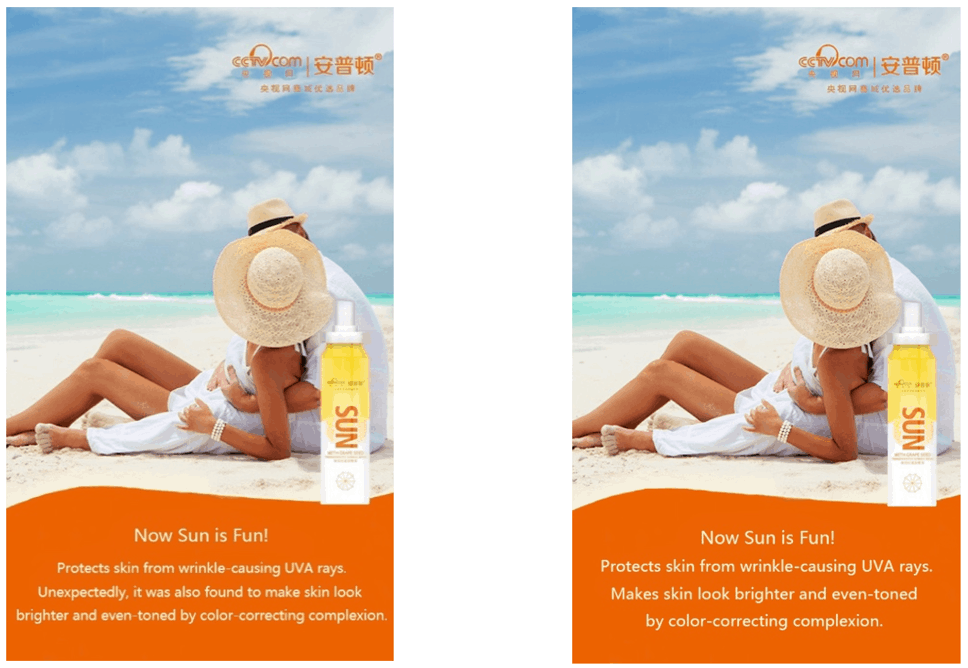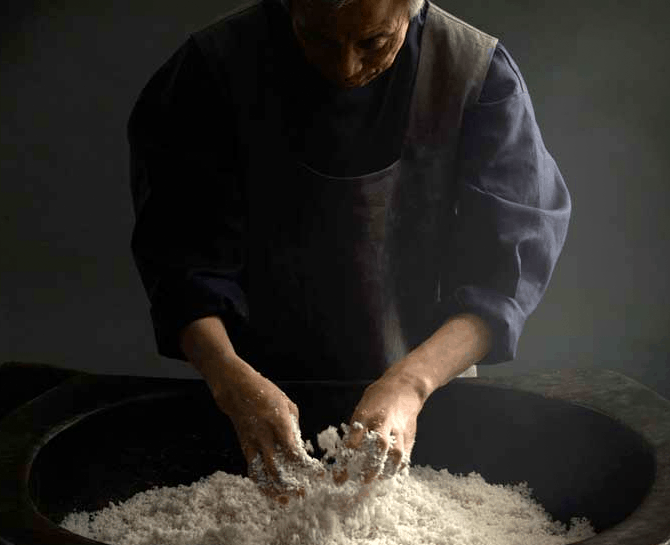BY PROFESSOR AMITAVA CHATTOPADHYAY
As companies test a new product, they often learn that it can deliver unexpected benefits. This very famously happened in the case of Viagra, a product originally developed as a cardiovascular medicine, and also, StriVectin which was first intended as a stretch-mark cream, but became a popular facial moisturiser, after consumers started raving about its ability to smooth wrinkles.
It is common for companies to discover unintended benefits to their products after launch once customer reports start flowing in. This is particularly true in the health and beauty industry. Just read online reviews for omega-3 supplements and you will find people claiming the heart health supplement helped them with a wide range of issues, from brittle nails to weight loss. Similarly, Botox was approved for cosmetic use in 2002, but users soon started reporting that the injections improved their migraines as well. It was licensed for this type of treatment in 2010.
Research has shown that consumers value a product’s benefits more when they believe a firm was intentional about creating them. For instance, if a company launches a programme that accidentally helps the environment, it is less likely to get praise than if the programme was expressly designed for that purpose. In law, premeditated crime is punished more harshly than an involuntary act that led to the same result. Intentions matter, because they are associated with effort, and effort with value (whether positive or negative).
However, another stream of research suggests that an unexpected benefit can pique consumers’ interest and lead them to anticipate other potential benefits from the product. This has a biologic basis: Studies on mammals (from rats to humans) have shown that receiving an unexpected reward fires up neurons in the regions of the brain associated with reward anticipation and seeking. In a way, a nice surprise is perceived as a sign of more good things to come.
A FIELD STUDY ON WECHAT
So, when serendipity knocks at the door of marketers, how should they frame the unexpected product benefit that has just fallen onto their lap? Is it better to describe the benefit as if it was intended all along? Or should it be presented as a nice surprise, stoking the interest of consumers?
To help marketers figure out how to frame an unexpected benefit, we conducted a field experiment on WeChat, a popular Chinese multifunctional application with over one billion users in Asia. A beauty product retailer agreed to run two variations of a sunscreen spray advert on 21,514 prospective buyers. Both versions mentioned that the sunscreen offered UV protection and evened out skin tone. However, one version framed both benefits as intended, while the other framed the even skin-toned benefit as unexpected.

The one that framed the even skin-toned benefit as unexpected garnered 21 percent more in sales than the other – 5.7 percent of consumers who saw it purchased the product compared to 4.7 percent of those exposed to the regular advert.
In a second study, we found that for this effect to work, consumers had to be in a pleasure-seeking frame of mind. We used similar experimental design involving the same product described as having either two intended benefits or one that was unexpected. Participants who had a small sip of Hawaiian Punch (a sweet drink) instead of a small sip of plain water were more interested in the product with an unexpected benefit.
KEY POINTS FOR MARKETERS:
• If a product or its context evokes pleasure, framing an unexpected benefit as such can boost sales.
• The same framing is unlikely to work if the product or its context is purely functional, as would be the case for, say, a countertop cleaner.
• If the product or the context is neutral, a hedonic narrative should help marketers leverage the unexpected benefit.
Marketers can be inspired to create an entire brand story around the unanticipated discovery of benefit of a product.
For example, SK-II has done this successfully in their landmark marketing case. SK-II scientists were looking for a miraculous skincare ingredient in the 1970s when “a chance encounter” led them to notice “the soft and youthful hands of aged sake brewers”.
“With consumer reviews now the key to many advertising campaigns, marketers should encourage consumers to share the unexpected benefits they have discovered while using a product,” said INSEAD Professor Amitava Chattopadhyay.
In conclusion, if a product or its context evokes pleasure, framing an unexpected benefit can boost sales.
Article republished courtesy of INSEAD Knowledge









